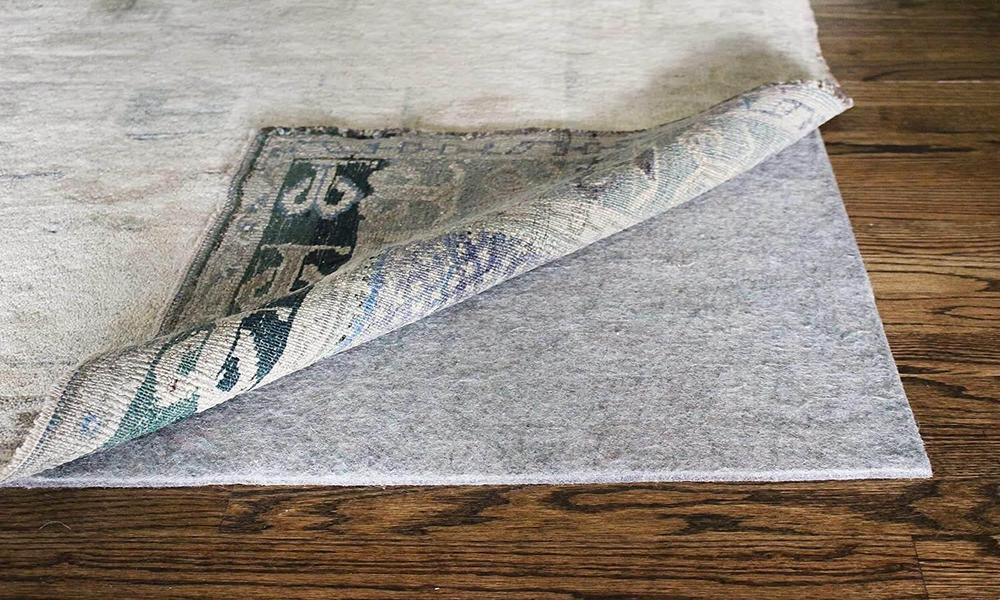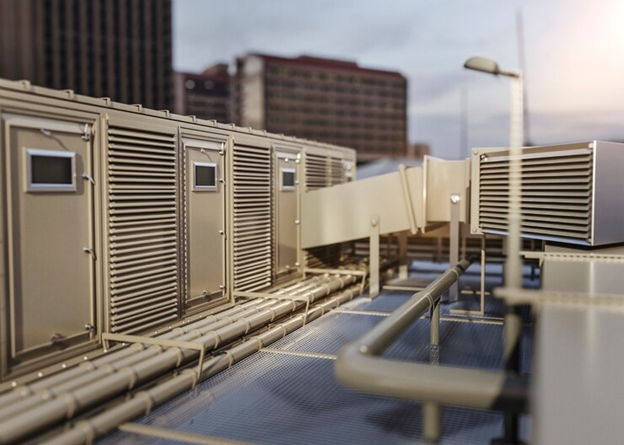Can carpet underlay be used on all types of flooring?

Carpet underlay is designed to be used specifically with carpeted floors, and is not typically recommended for use with other types of flooring, such as hardwood, laminate, or tile.
If you’re installing carpet, then carpet underlay is recommended to provide a cushioned and comfortable feel underfoot, as well as to help extend the life of the carpet by absorbing impact and reducing wear and tear. For other types of flooring, there are specific underlay options available that are designed to work with those flooring materials. For example, underlayment for laminate flooring helps to reduce noise and provide additional insulation, while underlayment for tile flooring helps to create a level surface and prevent cracking.
While carpet underlay can be used with carpeted floors, it is not recommended for use with other types of flooring. It’s important to choose the appropriate underlayment for your specific flooring type to ensure proper installation and performance.
How can I choose the best carpet underlay for my home?
Choosing the right carpet underlay can make a significant difference in the feel and durability of your carpet. Here are some factors to consider when selecting the best carpet underlay for your home:
Thickness and Density:
The thickness of the underlay affects the comfort and insulation of your carpet. A thicker underlay provides more cushioning, which makes your carpet feel more comfortable to walk on, and also provides better insulation, which can help reduce your energy bills. The density of the underlay determines how well it can absorb impact and resist compression. A denser underlay provides better support and can help extend the life of your carpet.
Material and Noise Reduction:
Underlays can be made from various materials, such as foam, rubber, or felt. Foam is the most common material used for underlay, but rubber and felt can offer different benefits, such as increased durability or soundproofing. Some underlays are designed specifically for noise reduction, which can be useful if you have a busy household or live in an apartment building.
Installation and Environmental Impact:
Some underlays require adhesive for installation, while others come with an integrated adhesive or can be simply laid down. Make sure to choose an underlay that is compatible with your installation method. Consider choosing an underlay made from recycled materials or one that is recyclable to reduce your environmental impact.
How does carpet underlay affect the lifespan of home carpets?
Carpet underlay can have a significant impact on the lifespan of home carpets. Here’s how:
Reducing wear and tear: A good quality underlay can help reduce the amount of wear and tear on your carpet by absorbing impact and providing a cushioned surface. This can help prevent your carpet from becoming flattened or compressed, which can reduce its lifespan.
Enhancing comfort: A high-quality underlay can make your carpet feel more comfortable to walk on by providing a softer and more cushioned surface. This can help reduce the amount of stress and pressure on the carpet fibers, which can extend the life of your carpet.
Preventing mold and mildew: Underlay can help prevent the growth of mold and mildew by providing a barrier between the carpet and the subfloor.
Insulation: A good quality underlay can also provide insulation, which can help reduce your energy bills and make your home feel warmer and more comfortable.








